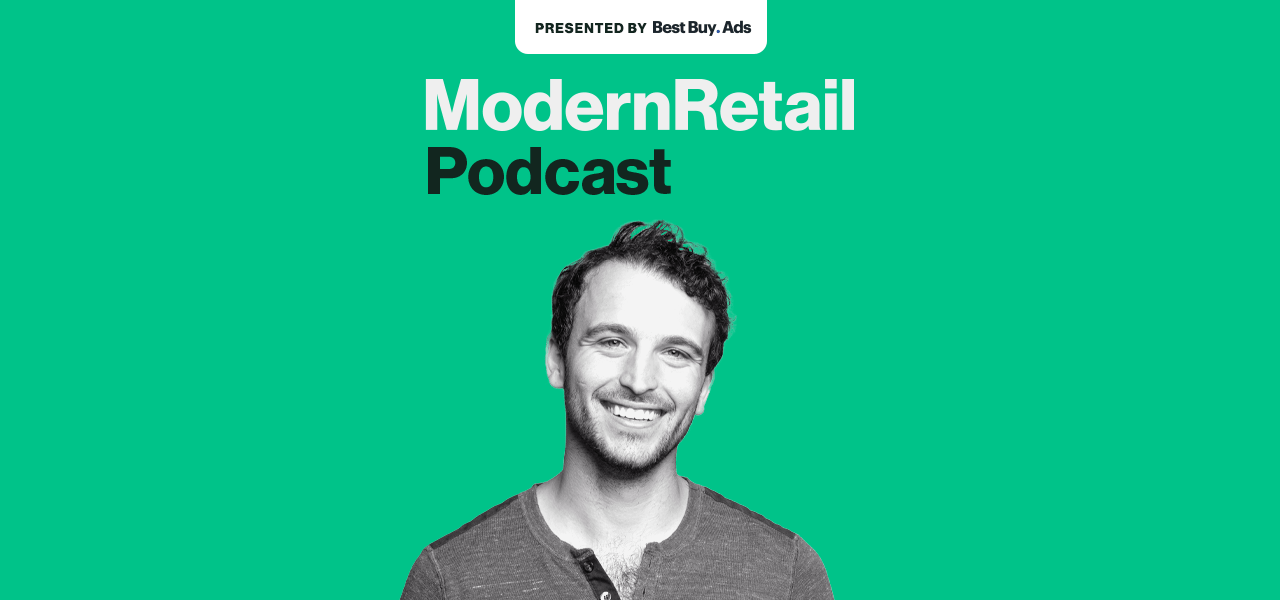‘These kinds of tech solutions really have to be for the less affluent’: Voyage Foods CEO on making food alternatives accessible

Subscribe: Apple Podcasts • Stitcher • Google Play • Spotify
Voyage Foods envisions a world where the most popular food products aren’t reliant on their source ingredients. And it believes business-to-business is the best way to reach its lofty goals.
The company, which is only a couple of years old, currently makes peanut-free peanut butter spread, cocoa-free chocolate and coffee-free coffee. The idea is that these are some of the most popular foods in the world, but they all carry their own allergen, environmental and political baggage. CEO Adam Maxwell joined the Modern Retail Podcast this week and spoke about Voyage’s trajectory.
Voyage is different from other brands for a few reasons. For one, it isn’t targeting wealthy consumers looking for food alternatives. Instead, it is making competitively-priced products in the hopes that it can reach the masses.
“The people who need food tech and these kinds of food tech solutions aren’t rich white people in San Francisco or New York City,” Maxwell said. “It’s the parts of the world that can’t afford the real thing.”
That is, cocoa and coffee are expensive commodities and Voyage thinks it can replicate its flavor more cheaply.
Voyage first started out online, but just launched in Sprouts supermarkets a few weeks ago, and is hoping to continue expanding its retail footprint. But Maxwell said the real business plan is to focus on B-to-B. He hopes to partner with large CPG brands who want to expand their flavor offerings in more sustainable and allergen-friendly ways. For example, an ice cream company could partner with Voyage on a peanut-flavored ice cream that people with peanut allergies can enjoy.
Grocery, he said, is a way to initially build the brand. “Retail is a small function of what this business will be,” he explained. “It’s the easiest, fastest way to get to market.”
The company is still small — it raised a $36 million Series A last May. But it hopes to ink key partnerships to continue its growth in the coming hear, with the plan to become a CPG powerhouse.
“We’re bringing our next facility online, around this time next year,” he said. “We’ll have around 100 million pounds of annual capacity.”
Here are a few highlights from the conversation, which have been lightly edited for clarity.
Voyage’s target demographic
“[Rich white people] don’t need food tech, they’re always going to eat well. And I think these kinds of tech solutions really have to be for the less affluent, because that’s where we’re going to make the biggest impact. You know, America buys 50% of its food at Walmart… hopefully Walmart is soon in our journey. We want to be where the masses are — because that’s where you’re gonna make the most impact, not [with] the 1%.”
The B-to-B strategy
“We’re really mainly focused on the B-to-B ingredients supply. Retail is a small function of what this business will be. It’s the easiest, fastest way to get to market. but if we think of our product offerings, and how can Voyage Foods make the most impact, it’s not necessarily us building the biggest brand. Think about [how] Lindt chocolate, for example, has no peanuts in any of their products in any of their facilities. How do we help them get incrementality and introduce America’s favorite flavor to one of America’s biggest chocolate companies? How do we help these large manufacturers with their ESG numbers and margin profiles by selling them lower-cost, climate-friendly chocolate? I’m not going to speak to when you’ll see our products — the coffee and chocolate — in retail. But you will start seeing it next year kind of co-branded, etc in other food CPG, food service and other food products.”
Voyage’s approach to retail growth
“We didn’t want to launch nationally with a major national retailer without a lot of sensory data — reviews, feedback, etc. And we really used online as you ‘do people liked these products? Do they actually taste and test better than everything else on the market? Is there repeat purchase? Do people understand what the brand is?’ And, from there, it was.. let’s talk to some retailers and go for it. And so I think, transitionally-wise… I would love to come and say this was some David and Goliath story, and it was really hard to get into retail and we’ve had all these issues. But, I hate to say it, for better for worse, that’s not true. And I think it’s just been kind of a linear path of we got there, we have distribution. And it’s so early we don’t have velocity data yet.”
